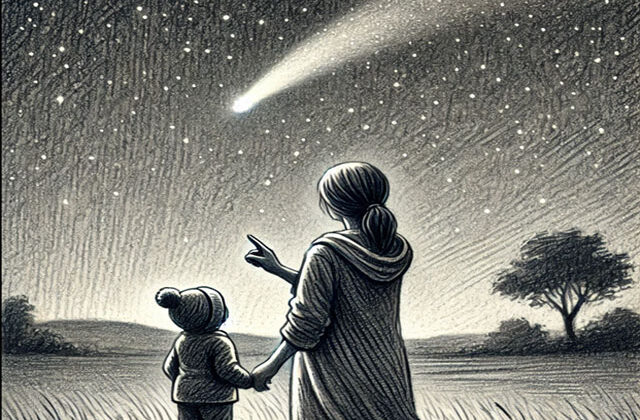
Dr.Sundar ram MBBS., MD
It takes courage to break free from the shackles of social inequality. It requires enormous amount of courage to believe that things can be changed . It takes a leader to fight these inequalities and establish a new social order. One such leader who is best remembered today for leading colonial India’s sole autonomous struggle for Dalit rights and social recognition is none other than Dr.B.R.Ambedkar, fondly referred to as Babasaheb.
He was a very well known political leader, eminent jurist ,critically acclaimed economist , philosophist ,anthropologist ,writer and maverick reformer. He fought against untouchability and became the emancipator of the downtrodden.
CHILDHOOD
Born of a Dalit mahar family(then considered untouchables) on April 14, 1891. Babasaheb had to suffer humiliation from time to time at every walk of his life right from birth. Being a dalit,he was always looked down upon by his colleagues and teachers in the Army school. Even though discrimination and humiliation haunted him wherever he went, that wasn’t enough to deter him in his academic pursuits. He passed matriculation exams in 1907 and entered Elphingstone college with the distinction of becoming the first untouchable to do so.
EDUCATION
He was married to a 9 year old Ramabhai in 1906. Being a scholar he was,he did not allow any limitations of his background to come in the way of acquiring first rate education and pushing the bar for academic excellence. He graduated in economics and political sciences from the Bombay university in 1912.He earned doctorates in economics from the prestigious Columbia university,USA (MA,PhD) and the London school of economics(MSc,DSc). He also earned a Law degree from Lincoln’s Inn. He was hailed as the number one scholar in the world by the Coumbia university in 2015.
CRUSADER FOR SOCIAL EQUALITY
Babasaheb was deeply wounded at heart to see the struggles and sufferings of his caste people. Being a victim of caste discrimination himself, inspired him to uplift the pitiable state of the untouchables in the society. He decided to fight for their rights and strove tirelessly for social freedom for Dalits and the marginalized people.
By 1927,he launched active movements to open up public water drinking resources and for the right to enter Hindu temples. He publicly condemned the classic Hindu text, the Manusmriti , for ideologically justifying caste discrimination and Untouchability. He led thousands of followers to burn copies of Manusmriti on 25 December 1927(this day annually is celebrated as Manusmriti Burning day by Ambedkarites). He led Mahar Satyagraha in 1927 to fight for the right of the untouchable community to draw water from the main tank of the town.
He was indomitable in acquiring reservation for the Depressed classes in the provisional legislatures and succeeded in doing so. The Poona pact of 1932 was a effect of his perseverance even though his prime aim of separate electorate was compromised . He organised people of his caste and inculcated a new spirit in them. He advised them to be educated so that they can depend upon themselves. He envisioned a country of equals where each and every person deserves the same chance to live in security and dignity, to get an education, to find work and to give their children a better future.
ARCHITECT OF THE INDIAN CONSTITUTION
- India’s tryst with destiny saw Dr.Ambedkar being entrusted with a monumental responsibility : he was appointed as the Chairman of the constitution drafting committee on August 29, 1947.
- He fashioned a pluralistic and inclusive constitution that guides and animates India to this day, guaranteering equal opportunity and freedom of expression for all citizens in a secular democracy. He drew up a Constitution that was shaped upon western models but was Indian in spirit and in it, he provided numerous clauses that would help eradicate socio-economic and political inequalities.
- The Constitution framed under him abolished Untouchability and outlawed all forms of discrimination. He argued eloquently and won the assembly’s support for introducing a system of reservation for jobs in the civil services, schools and colleges for members of Scheduled caste, scheduled tribes and other backward classes.
ACHIEVEMENTS
An erudite economist and institution builder , Dr.Ambedkar authored many scholarly treatises on economics and was the driving force behind the establishment of the Finance Commission of India. His ideas also laid the foundation for the setting up of Reserve Bank of India(RBI).
Babasaheb’s myriad contributions to the forging of a modern inclusive India were recognized posthumously through the Bharat Ratna in 1990. His ideals of social inequality redesigned the contours of Indian politics.In 2012, Ambedkar was voted the “Greatest Indian” in an online poll by
CNN IBN. Today, Dr.Ambedkar is reverred nationally and figures in the national pantheon as one of the builders of modern India. His birthday has been christened as “Ambedkar Jayanti” and celebrated nationwide. As we commemorate the 130th anniversary of this national icon, he remains an inspiration for millions of Indians and proponents of equality and social justice across the globe. =






